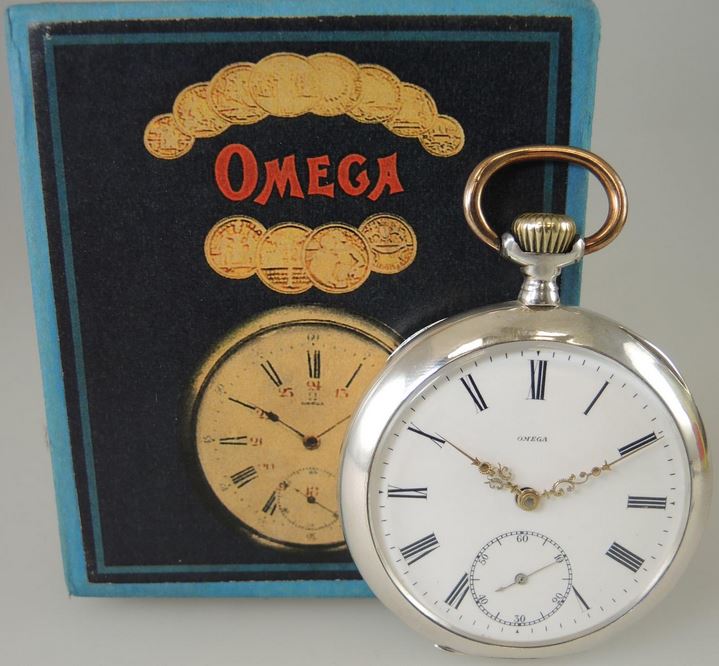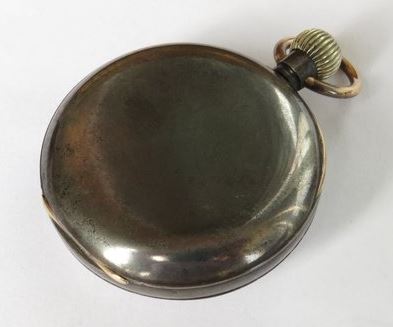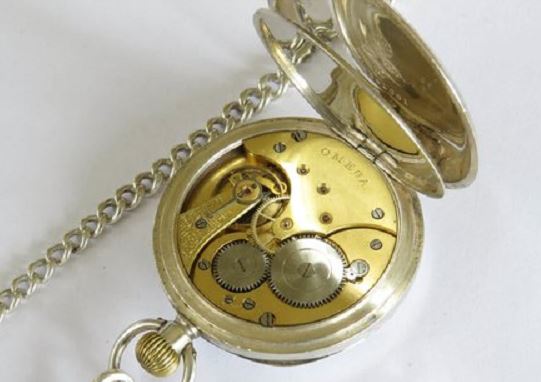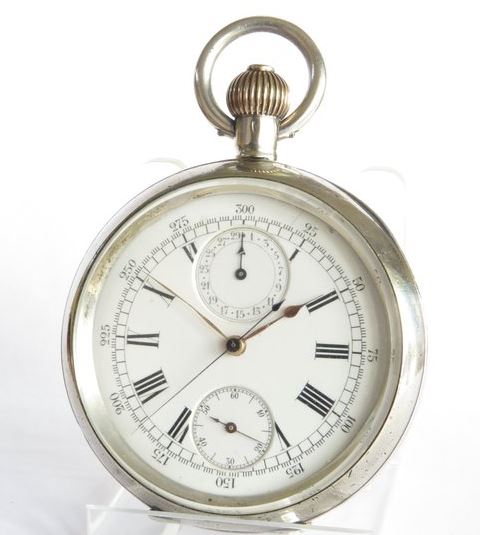Louis Brandt founded Omega in 1848 in La Chaux-de-Fonds, Switzerland. Operating from a small workshop in his family’s villa, the company was initially known as La Generale Watch Co. In the beginning, Brandt assembled key-wound pocket watches made from parts supplied by local craftsmen. He sold his watches throughout Europe, with England being his primary market. After the elder son Louis-Paul entered the business in 1877, the company was called Louis Brandt & Fils. Louis Brandt died in 1879 and his sons, Louis-Paul and César, took over the family business, inspired by their father’s passion for watchmaking.
Biel/Bienne
In 1880, the company relocated from La Chaux-de-Fonds to a factory in the larger town of Biel/Bienne, Switzerland. This is where the Omega headquarters are still found today. Around 1891, the company changed its name to Louis Brandt & Frère.

In 1885, Louis-Paul and César developed an in-house manufacturing system that created interchangeable components and the company began producing their own movements. Their first series-produced movement was the Labrador. The movement was technologically advanced for the time and produced a superb timekeeping result. In 1892 the brothers produced the world’s first minute repeating wristwatch. This watch had a slide at the 3 o’clock position that could be moved to trigger a striking mechanism that would chime the minutes and hours. Wristwatches at the time were unusual and seen as more of an accessory than a serious timepiece. However, this wristwatch, which had been made from a small pocket watch movement was extremely advanced for its time.
19 ligne calibre
In 1894, the company produced a new movement, the 19 ligne calibre. It was produced using revolutionary new methods and set new standards for watchmaking. The 19 ligne was the first movement to allow the combination of winding and setting the time via the crown. It was also an extremely accurate movement that could be worked on by any watchmaker in the world without the need for modifying parts. The brothers christened the new movement ‘Omega’, a name that symbolises the successful completion of a significant project. The movement was extremely successful and popular with the public. Its success ensured that the future of watchmaking was to be with series-produced movements.
After the ongoing success of the 19 ligne calibre, the company officially adopted the brand name Omega in 1903. The company’s reputation grew due to the accurate timekeeping results of the 19 ligne calibre. In 1905, Omega served as the official timekeeper in a significant number of sporting events in Switzerland and across Europe. That reputation continues to the present day and Omega remains the official timekeeper of many modern sporting events.
Popularity
Omega was awarded the Grand Prix at the Universal Exposition, Paris in 1900. This was in recognition of the technological advancements achieved by the entire Omega collection.
Due to the fact that the Omega movements were incredibly accurate and easy to repair and service the watches gained in popularity around the world. By 1909 Omega had expanded its distribution network to such an extent that its watches were available across all six inhabited continents.
During the First World War, Omega watches were used by the British Royal Flying Corps as official timekeepers for their combat units. In the 1960s Omega watches were the choice of NASA for their moon missions. Omega has a long history in the horological world and is responsible for a number of significant innovations.

Read about other Manufacturers and Makers.
Related content
Omega SA at Wikipedia.

